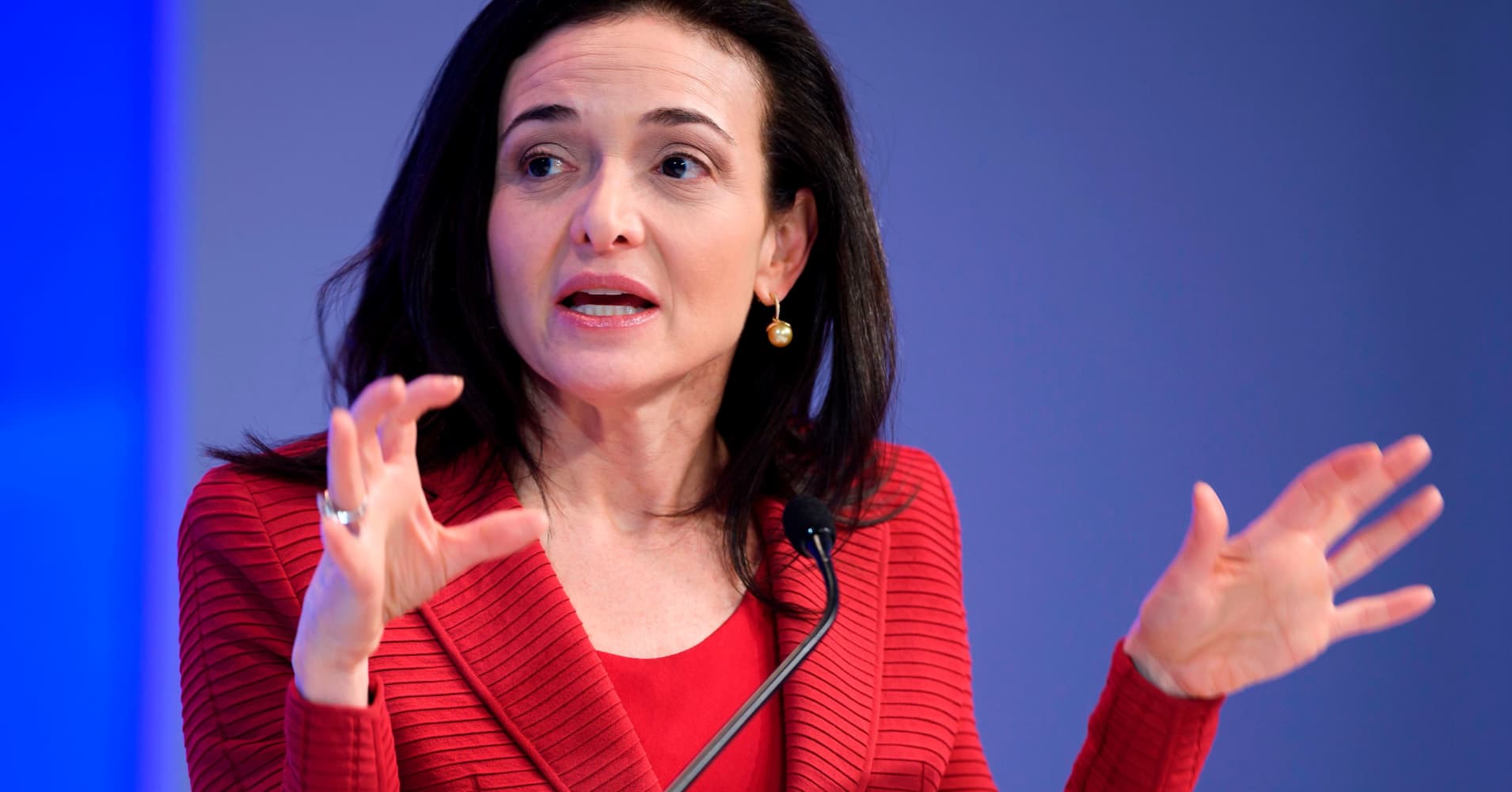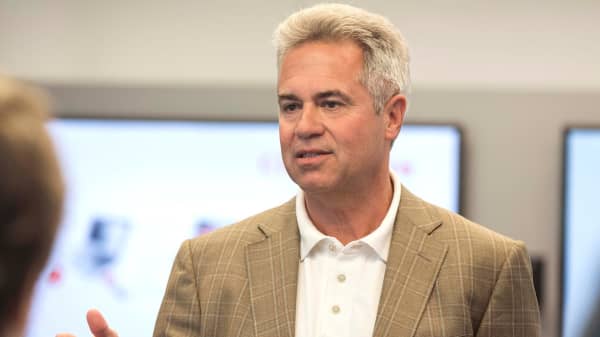Years ago, my coworker confided in me that a senior leader had sexually harassed her on a business trip. After wrestling with the incident for over a month, she wanted my advice on whether to report it to management.
My peer did end up lodging a complaint with another executive leader. The harasser was swiftly fired.
Among her many hesitations with stepping forward was questioning whether the organizational culture was one which would protect a sexually harassed junior employee, over a senior male leader. Her fears were valid; women and people of color were conspicuously absent from leadership roles in this technology company. During my tenure, I never heard management commit to creating a diverse and inclusive culture. It's no wonder women leave the industry at a 45 percent higher rate than men.
But it's not just technology companies. The watershed #MeToo movement this year finally gave a platform to survivors of sexual assault and harassment. Decades of abuse and misconduct by powerful men have been brought to light at industries as diverse as film, food, media and politics.






